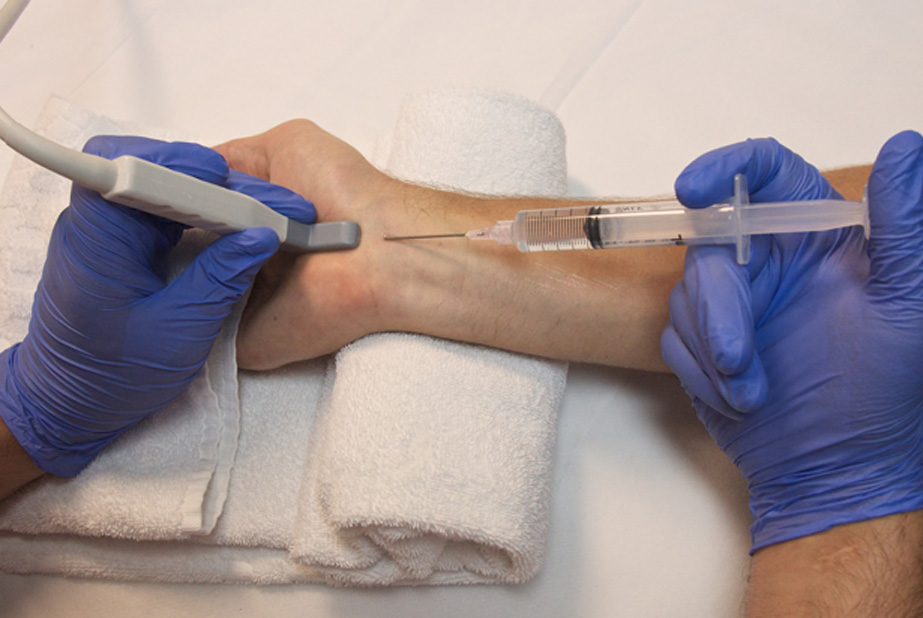
Carpal tunnel syndrome is caused by the compression of the median nerve as it passes into the hand.
The carpal tunnel is a passageway located on the palm side of the hand. The median nerve is located in the carpal tunnel and provides the ability to feel the fingers.
Symptoms of Carpal Tunnel Syndrome
Individuals with carpal tunnel syndrome may experience tingling or numbness in the fingers or hand. The little finger is usually not affected. The sensation may feel like an electric shock in the affected fingers and travel from the wrist up to the arm. “Shaking out” the hands may help relieve the symptoms, but the numb feeling may become more constant over time.
Weakness is another sign of carpal tunnel syndrome. Individuals may struggle to hold on to objects and end up accidentally dropping them.
Risk Factors of Carpal Tunnel Syndrome
The following factors may increase an individual’s risk of developing carpal tunnel syndrome:
- Anatomy (wrist fracture or dislocation; arthritis that deforms the bones in the wrist, having a smaller carpal tunnel)
- Sex (carpal tunnel syndrome is more common in women)
- Nerve-damaging conditions (chronic illnesses, such as diabetes)
- Inflammatory conditions (rheumatoid arthritis)
- Medications (anastrozole)
- Obesity
- Body fluid changes (fluid retention, which is common during pregnancy and menopause)
- Other medical conditions (menopause, thyroid disorders, kidney failure and lymphedema)
- Workplace factors (working with vibrating tools, repetitive flexing of the wrist, keyboard/mouse use)


Diagnosing Carpal Tunnel Syndrome
Individuals experiencing one or more of the symptoms of carpal tunnel syndrome should schedule an appointment with their physician. During an initial consultation, the physician will review their history of symptoms to determine the exact cause of the symptoms.
The physician will conduct a physical exam to test the patient’s feeling in their fingers and the strength of their hand muscles. Individuals with carpal tunnel syndrome will experience symptoms when bending the wrist, tapping on the nerve or applying pressure to the nerve.
An x-ray may be necessary to rule out other possible conditions, such as arthritis or a fracture. An electromyography may be ordered to test the tiny electrical discharges produced in the muscles in order to identify damage to the muscles controlled by the median nerve. A nerve conduction study is similar to an electromyography test, and may be done to diagnose the condition and rule out other causes.
Treating Carpal Tunnel Syndrome
The condition may be treated by wrist splinting, which involves wearing a splint at night to help relieve nighttime symptoms and help prevent daytime symptoms. Patients may also take non-steroidal anti-inflammatory drugs such as ibuprofen to provide short-term pain relief. If symptoms persist, a median nerve injection may be necessary to relieve pain and reduce inflammation and swelling.
What to Expect During a Median Nerve Injection Procedure
The procedure begins with the physician cleansing the injection site with an antiseptic. The patient is seated with their palm held upwards and slightly flexed. The physician will use ultrasonic guidance to ensure the needle is inserted in the correct place. Once the needle is correctly positioned, the local anesthetic and steroid will be injected.

